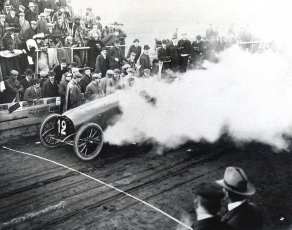
1904 Vanderbilt Cup Race
The First International Road Race Held in the United States
Location: Nassau and Queens Counties, Long Island
Date: October 8, 1904
 The inaugural William K. Vanderbilt Jr. Cup Race in 1904 was the first major international road race in the United States. Although William K. Vanderbilt Jr. was only 26, he was heir to a transportation fortune and had figured prominently in auto racing for nearly 10 years since sponsoring auto races as a teenager.
The inaugural William K. Vanderbilt Jr. Cup Race in 1904 was the first major international road race in the United States. Although William K. Vanderbilt Jr. was only 26, he was heir to a transportation fortune and had figured prominently in auto racing for nearly 10 years since sponsoring auto races as a teenager.
His enthusiasm for automobiles drew him to the fastest machines available, competing in Europe’s biggest early road races just after the turn of the century. In Newport, Rhode Island, and Lake Success, New York, he earned the scorn of his neighbors and police with his wild rides on dusty roads that most people still thought of as paths for horses and foot traffic.
 “Willie K” , as friends called him, had a vision born of his racing experiences in Europe. He saw how the European auto manufacturers were further advanced than their American counterparts, and he decided to challenge the home automobile industry to respond. The product of this vision was a 30-pound silver loving cup embossed with an image of Vanderbilt’s proudest moment behind the wheel: his dramatic one-mile world land speed record run of 92.3 mph on January 27, 1904 at Daytona-Ormond Beach, Florida. His dream of a confrontation between teams from the major automobile-producing nations was realized on October 8, 1904 with the release at dawn of a red Mercedes as the first starter in an international field of 18 machines. The countries represented included the USA (5), France (6), Germany (5) and Italy (2).
“Willie K” , as friends called him, had a vision born of his racing experiences in Europe. He saw how the European auto manufacturers were further advanced than their American counterparts, and he decided to challenge the home automobile industry to respond. The product of this vision was a 30-pound silver loving cup embossed with an image of Vanderbilt’s proudest moment behind the wheel: his dramatic one-mile world land speed record run of 92.3 mph on January 27, 1904 at Daytona-Ormond Beach, Florida. His dream of a confrontation between teams from the major automobile-producing nations was realized on October 8, 1904 with the release at dawn of a red Mercedes as the first starter in an international field of 18 machines. The countries represented included the USA (5), France (6), Germany (5) and Italy (2).
 The race course traversed 30.24 miles of public roads in the center of Long Island. Triangular in shape, Jericho Turnpike, Massapequa-Hicksville Road, and the new Hempstead-Bethpage Turnpike formed its sides. Running clockwise and beginning in Westbury, the three long stretches of roads were connected by major turns in Jericho, Plainedge, and Queens. The plan called for a 10-lap race with drivers stopping in two “controls” on each tour of the course. The controls were in the towns of Hicksville and Hempstead, the largest population centers in Nassau County. At the controls, the cars were stopped, inspected, and allowed to proceed slowly over railroad tracks led by officials on bicycles. Deducting the length of the two controls, one lap of the course was 28.44 miles making the race 284.4 miles.
The race course traversed 30.24 miles of public roads in the center of Long Island. Triangular in shape, Jericho Turnpike, Massapequa-Hicksville Road, and the new Hempstead-Bethpage Turnpike formed its sides. Running clockwise and beginning in Westbury, the three long stretches of roads were connected by major turns in Jericho, Plainedge, and Queens. The plan called for a 10-lap race with drivers stopping in two “controls” on each tour of the course. The controls were in the towns of Hicksville and Hempstead, the largest population centers in Nassau County. At the controls, the cars were stopped, inspected, and allowed to proceed slowly over railroad tracks led by officials on bicycles. Deducting the length of the two controls, one lap of the course was 28.44 miles making the race 284.4 miles.
 The first race in 1904 began in controversy as the sons of high society commandeered public tax funded roads for their sport in the face of protests from the rural community’s largely farmer population. The lure of an economic boon from thousands of free-spending visitors to the Long Island community proved incentive enough for Nassau County supervisors to approve the use of public roads for auto racing when they met on August 23, 1904. Unconvinced, however, were many farmers who still relied on horses for transportation and saw automobiles as playthings of the idle rich. Despite several legal attempts to stop the race, Nassau County supervisors and judges gave their approval a few days before the Saturday race date.
The first race in 1904 began in controversy as the sons of high society commandeered public tax funded roads for their sport in the face of protests from the rural community’s largely farmer population. The lure of an economic boon from thousands of free-spending visitors to the Long Island community proved incentive enough for Nassau County supervisors to approve the use of public roads for auto racing when they met on August 23, 1904. Unconvinced, however, were many farmers who still relied on horses for transportation and saw automobiles as playthings of the idle rich. Despite several legal attempts to stop the race, Nassau County supervisors and judges gave their approval a few days before the Saturday race date.
 High society embraced the brainchild of one of their own, Willie K. Joined by the leaders of the automotive industry, they gathered in a cluster of over 2,500 people in and around the rough-hewn wood plank grandstand at the Westbury start-finish line on Jericho Turnpike. An estimated 25,000 to 50,000 spectators lined the entire course so dangerously close that they were very much a part of the spectacle.
High society embraced the brainchild of one of their own, Willie K. Joined by the leaders of the automotive industry, they gathered in a cluster of over 2,500 people in and around the rough-hewn wood plank grandstand at the Westbury start-finish line on Jericho Turnpike. An estimated 25,000 to 50,000 spectators lined the entire course so dangerously close that they were very much a part of the spectacle.
 After six hours, 56 minutes, and 45 seconds, George Heath’s French Panhard was the first car over the finish line, averaging 52.2 mph. Only one minute and 26 seconds behind in total time, the Clement-Bayard finished in second place. With the two leaders having completed the race, the crowds near the grandstand swarmed onto the course. Fearful for the lives of the spectators and drivers, the race was stopped. When the race was called, the American Pope-Toledo driven by Herb Lytle was in third place.
After six hours, 56 minutes, and 45 seconds, George Heath’s French Panhard was the first car over the finish line, averaging 52.2 mph. Only one minute and 26 seconds behind in total time, the Clement-Bayard finished in second place. With the two leaders having completed the race, the crowds near the grandstand swarmed onto the course. Fearful for the lives of the spectators and drivers, the race was stopped. When the race was called, the American Pope-Toledo driven by Herb Lytle was in third place.
At long last, America had played host to its first international road race. The William K. Vanderbilt, Jr. Cup Race was recognized even by the European elite as an established road race on the world’s sports calendar.
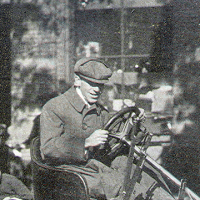
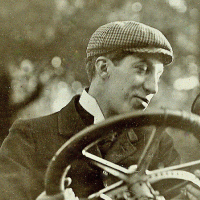
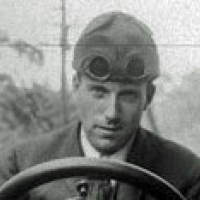
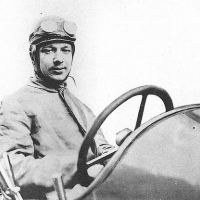
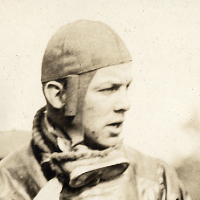
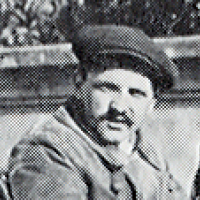
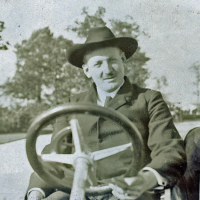
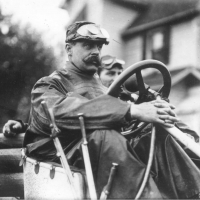
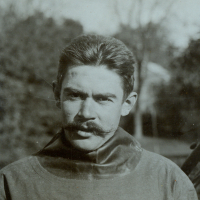
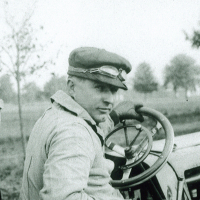
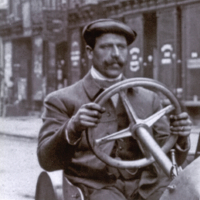
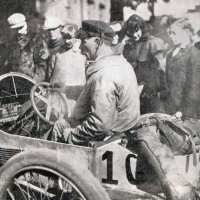
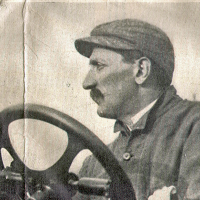
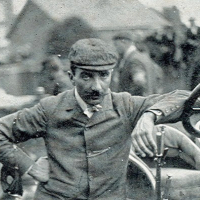
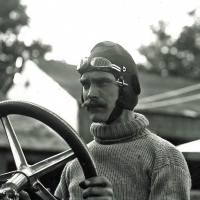
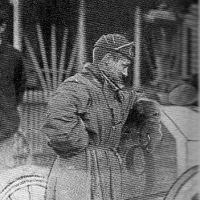
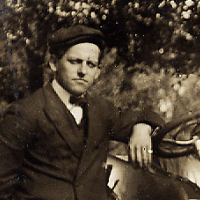
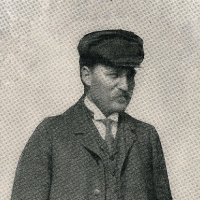
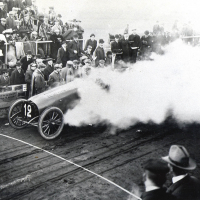
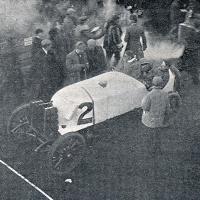
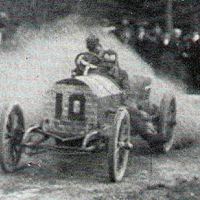
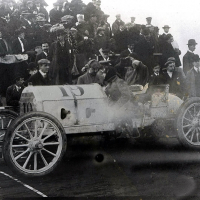
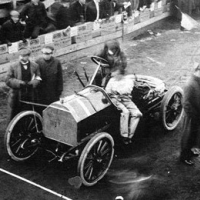
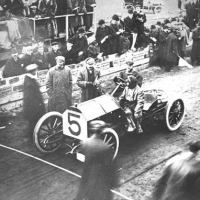
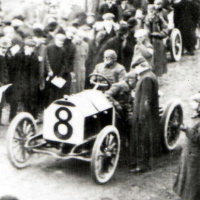
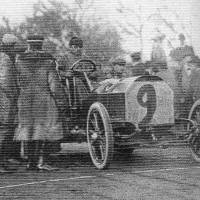
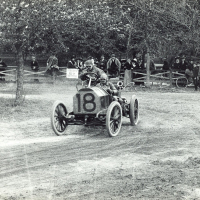
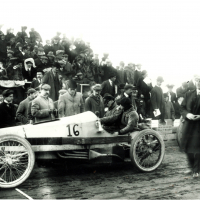
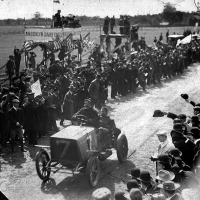
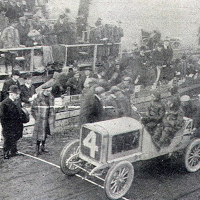
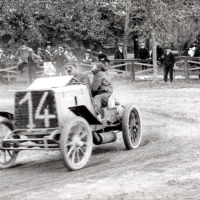
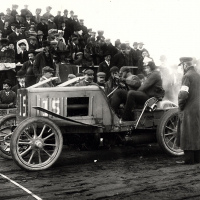
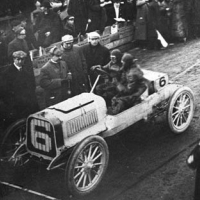
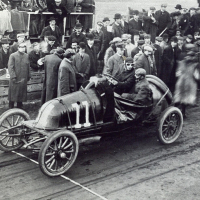
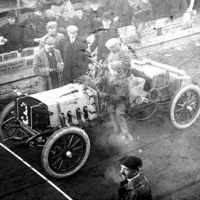
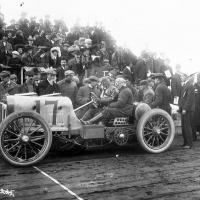

Really think the couple up on Jericho Tpke are the same couple that officially toured the LIMP 1958 - 1967. Could also…